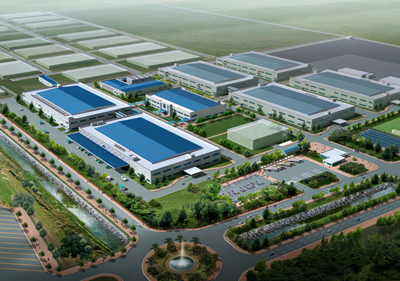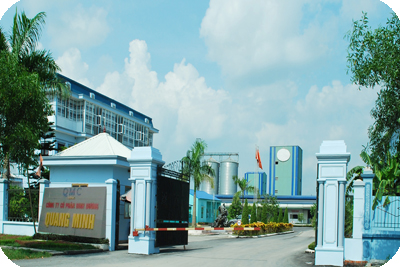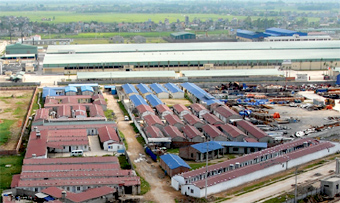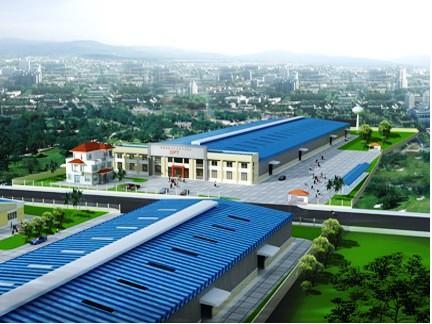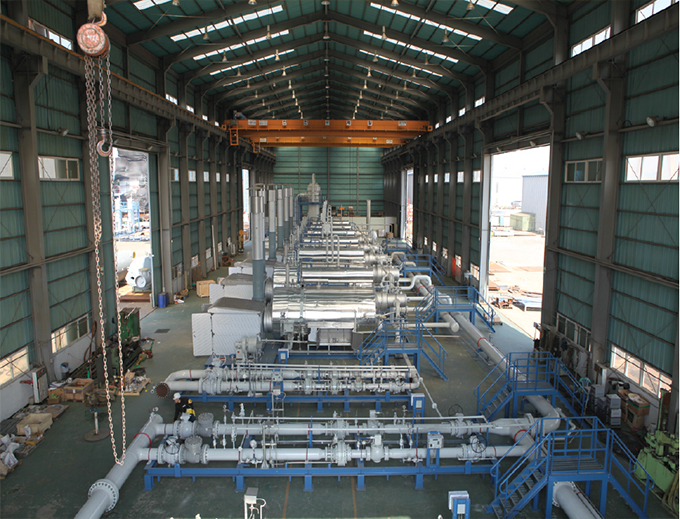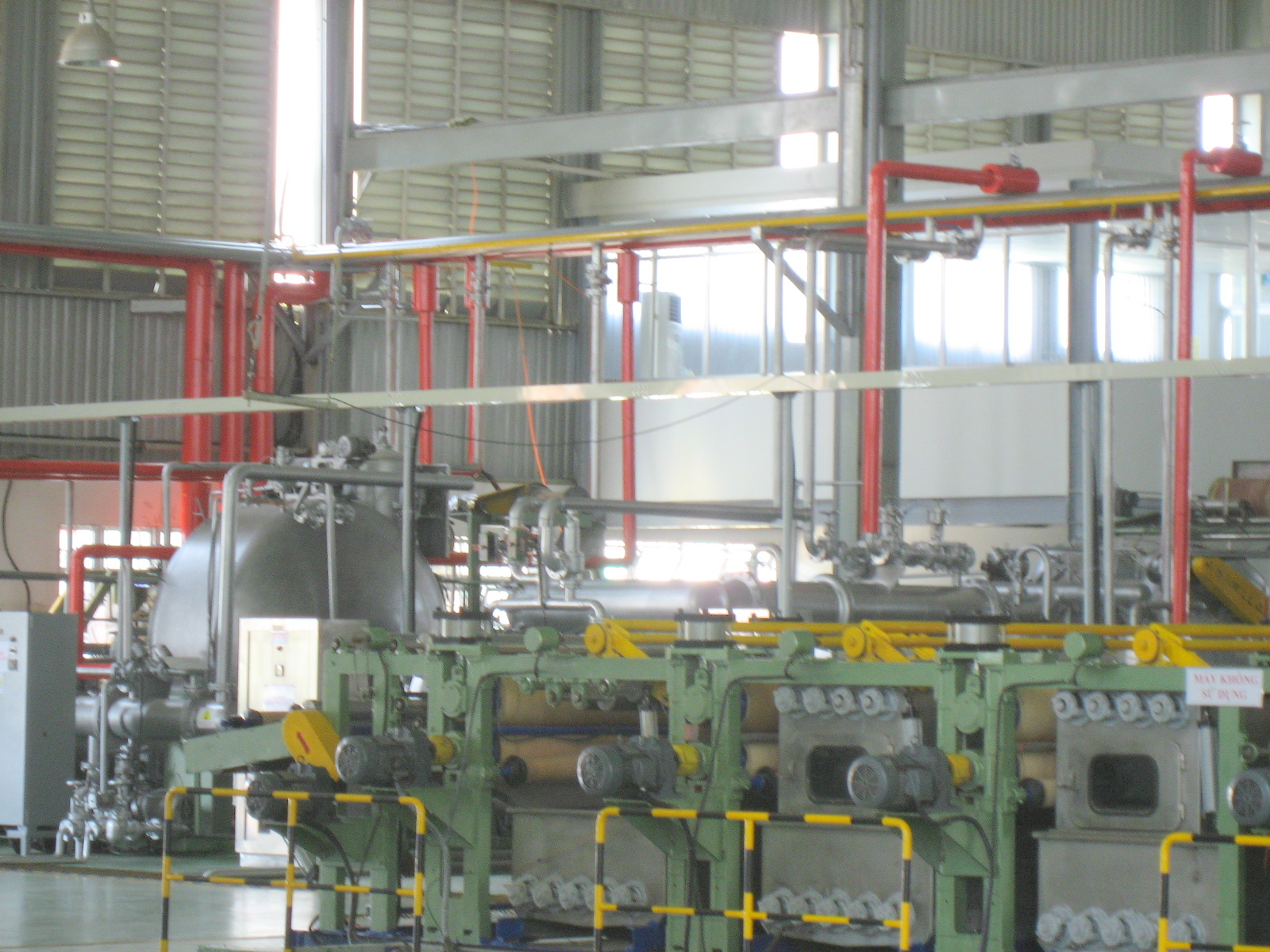Stainless steel manufacturing industry chemistry
The German researchers also discovered material properties of high temperature and high chromium content found (18-20%) V2A resistance to hot gases of different genres. Again, the alloy version of it, including the 304H (S30409), 321 (S32100) and 347 (S34700), has been widely used in the CPI for high temperature applications.
Stainless steel industry has not stood still.
The new stainless steel alloy with improved corrosion resistance and temperature properties have been developed. Adding 2% molypdenum component 18-8 (with 2% nickel more to keep fully austenitic microstructure), resulting in what is commonly known as "acid-resistant stainless steel," or 316 (S31600) , it is known today. This class has the ability to reduce acid resistance weakened as sulfuric and phosphoric types. expansion alloys capable of higher corrosion resistance have been developed over the years by adding nickel and molybdenum, copper or small quantities, nitrogen, tungsten, as well as some other factors. (3)

While two layers of stainless steel (austenitic-ferritic) was detected and used in the early 1930s, only in the 1970s and 1980s that have been improved to ensure good weldability (4). Their emphasis chloride resistance to corrosion cracks is essential in the chemical manufacturing industry. Over the years has developed from very low ferritic alloy, 11% chromium alloy (S40900 and modify) are used in automotive exhaust systems to a very high alloys, super ferritic alloys found in sea water cooling systems.
Related Articles
- Introduction of stainless steel
- Inox in energy and electricity
- Stainless steel water maintain integrity at Palomar California hospital
- Stainless Steel - 100 year history
- Stainless Steel Sheets
- Inox world
- Inox News
- CORROSION RESISTANCE INOX 304, 304L
- Learn about stainless steel Inox
- Comparison of 201 and 304 stainless steel



